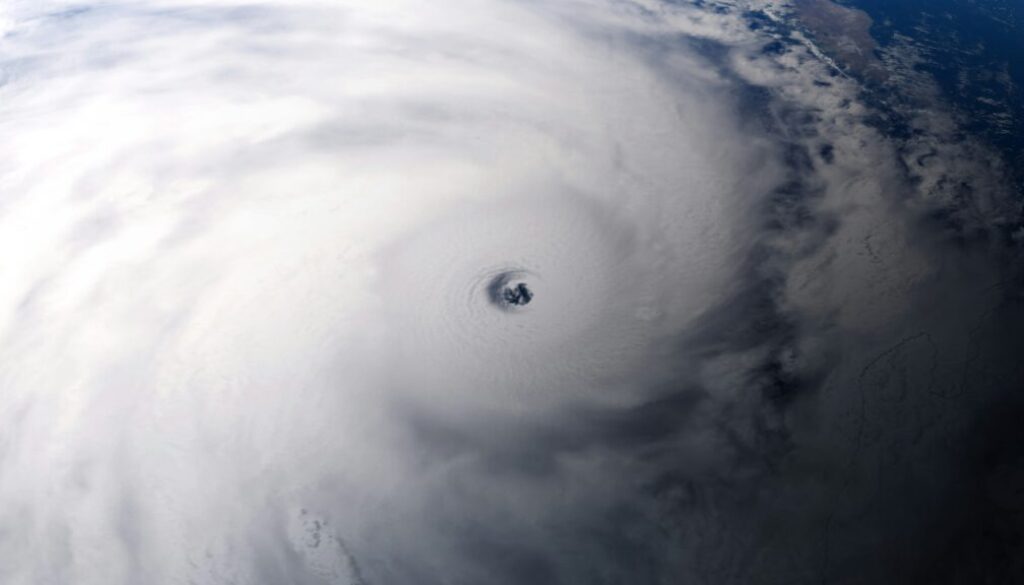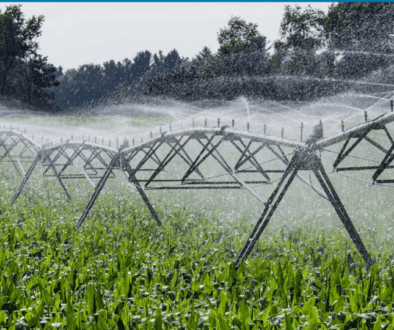“Like steroids for hurricanes” – Scientists say Helene just a warning of what is to come
By Dana Drugmand
As the full extent of the devastation unleashed by Hurricane Helene in the southeastern United States becomes clear nearly two weeks after the monstrous storm made landfall, a new scientific analysis confirms what many have already surmised – climate change worsened the hurricane’s catastrophic impacts.
As Helene demonstrates, more destructive storms are likely in store as society continues to burn oil, gas and coal, driving a rapidly warming Earth, the analysis warns.
“Yet again, our study has shown that hurricanes will keep getting worse if humans keep burning fossil fuels and subsequently warming the planet,” Friederike Otto, a climatologist at Imperial College London and lead of the World Weather Attribution initiative, said in a press release issued about the release of the study on Wednesday.
In the aftermath of extreme weather events, World Weather Attribution scientists use observational data and climate models to conduct what are called rapid attribution analyses. Their analysis of Hurricane Helene revealed that climate change increased the intensity of the storm’s damaging rainfall and winds. It also found that elevated sea surface temperatures, which fueled Helene’s development, were made up to 500 times more likely by anthropogenic warming.
“It is clear that the rainfall, wind speeds and conditions leading to Hurricane Helene have all increased due to climate change,” the study states, noting that such conditions will intensify as the planet heats up.
Helene made landfall as a Category 4 hurricane along the Florida panhandle late on September 26, generating heavy rains, winds, and record-breaking storm surge along the coast. The storm then tracked inland, bringing torrential rains and flooding to Georgia, South Carolina, Tennessee, North Carolina and Virginia. With more than 230 reported fatalities, Helene is the deadliest hurricane to hit the mainland US since Hurricane Katrina in 2005.
“Unfortunately, Helene is another warning that the effects of climate change are already here,” Julie Arrighi, director of programmes at the Red Cross Red Crescent Climate Centre, said in the press release.
This warning and the new analysis come as Florida braces for a hit from another major hurricane. Hurricane Milton, projected to slam into Florida’s Gulf Coast late on Wednesday, was a Category 5 hurricane as it moved across overheated waters in the Gulf of Mexico. Sea surface temperatures in the area where Milton is brewing are at record-breaking highs, and scientists say that climate change made those temperatures up to 400 to 800 times more likely over the past two weeks.
Climate scientists agree that planetary warming, which is primarily driven by fossil fuel combustion, results in more destructive hurricanes. Oceans absorb the vast majority of the heat added to the Earth’s climate, and hotter marine temperatures provide more energy to fuel tropical storm systems. With the atmosphere also warming, it can retain more moisture that subsequently releases in the form of heavier rainfall.
“The heat that human activities are adding to the atmosphere and oceans is like steroids for hurricanes,” Climate Central chief meteorologist Bernadette Woods Placky explained.
While the link between climate change and hurricanes is a bit more complex compared to other types of extreme weather events such as heatwaves, scientists can still analyze the extent to which climate change influenced the strength of individual storms and provided enabling conditions like higher sea surface temperatures.
In the case of Helene, a team of international researchers used several different methods and models to study how climate change enhanced rainfall, winds, and sea surface temperatures.
The storm’s immensely heavy rains caused massive and widespread damage even in inland areas hundreds of miles away from the coast. This rainfall was clearly intensified by climate change, the analysis found.
“As a result of fossil fuel-driven warming, [Helene] dumped around 10% more rainfall, creating apocalyptic scenes across the US southeast,” said Ben Clarke, researcher at the Grantham Institute for Climate Change and the Environment at Imperial College London.
Continued burning of fossil fuels that leads to warming of 2°C above preindustrial levels could see similar storms dump an additional 10% or more rainfall overall, and torrential rainfall in both coastal and inland regions will become even more likely (by an additional 15-25%), according to the analysis.
The researchers warn that all parts of the US are vulnerable to damaging climate impacts, and that even inland areas should prepare for ‘unimaginable’ flood events as hurricane downpours increase.
The likelihood of hurricanes as powerful as Helene making landfall around Florida’s Big Bend region has also increased due to global warming. They are now 2.5 times more likely to occur in the region, with a 1 in 53 chance of hitting in any given year. Additionally, maximum wind speeds of hurricanes like Helene are now about 11% more intense with human-caused climate change.
“Climate change is a total game-changer for hurricanes like Helene,” Clarke said. “If humans continue to burn fossil fuels, the US will face even more destructive hurricanes.”
(Featured photo by Imkara Visual for Unsplash+.)




